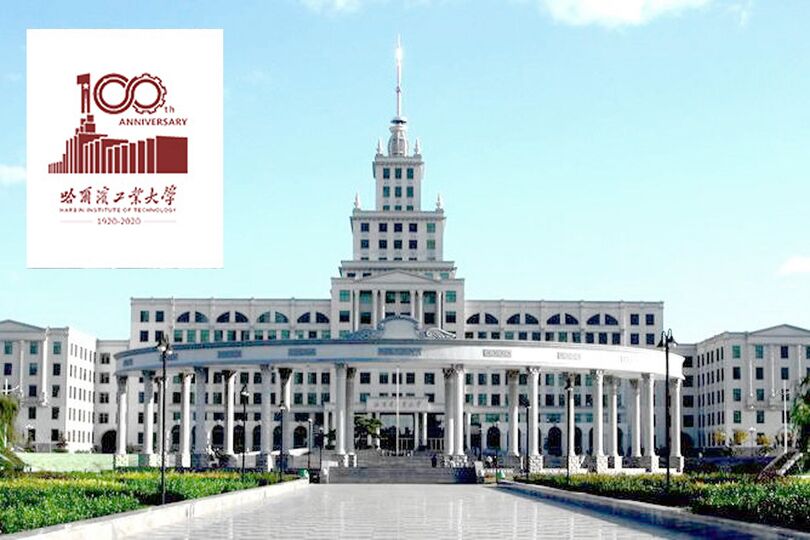The SCO Secretary-General offered his greetings to President of Harbin Institute of Technology (HIT) Zhou Yu, faculty and undergraduate and post-graduate students on the 100th anniversary of the Institute's foundation.
"Leaders of the People's Republic of China highly value the work of the Institute, which has made great progress and achieved enormous success over the years since its foundation. The HIT is considered to be one of the leaders of the Chinese higher education system and science and is a flagship institution in training engineers, which are the backbone of the entire national economy in such areas as space research, robotics and engineering," noted Valdimir Norov.
Vladimir Norov pointed out that the HIT established partnerships with many well-known educational and research institutions in over 45 countries and regions.
He expressed the hope that the HIT will play a leading role in developing and enhancing cooperation in higher education and science within the SCO space, thereby making a significant contribution to the common cause.
The SCO Secretary-General expressed confidence that the HIT will continue carrying the banner of one of the best educational establishments in China, promoting education and scientific knowledge, training and educating young people, conducting research and constantly improving through innovation and reform.
Harbin Institute of Technology (HIT) was established in 1920. Currently, it is administered by the Ministry of Industry and Information Technology.
In 1951, it was approved to become one of the two universities to follow the country's higher education model. In 1954, it became one of the six key universities in China recognised as the "cradle of engineers." The HIT established partnerships with 434 universities and research institutions in 45 countries and regions.
In 1996, the HIT was included in the first group of China's key construction universities («211Engineering») and in 1999 it was rated as one of the top nine universities («985Engineering»). In 2000, it merged with Harbin University of Architecture. The HIT established China's first space academy, launched the first satellite, developed an interactive chess computer, created a new radar system and a space robot. It was the first university to identify the virulence factor of the HIV virus. The HIT is involved in the moon research programme and other projects.
